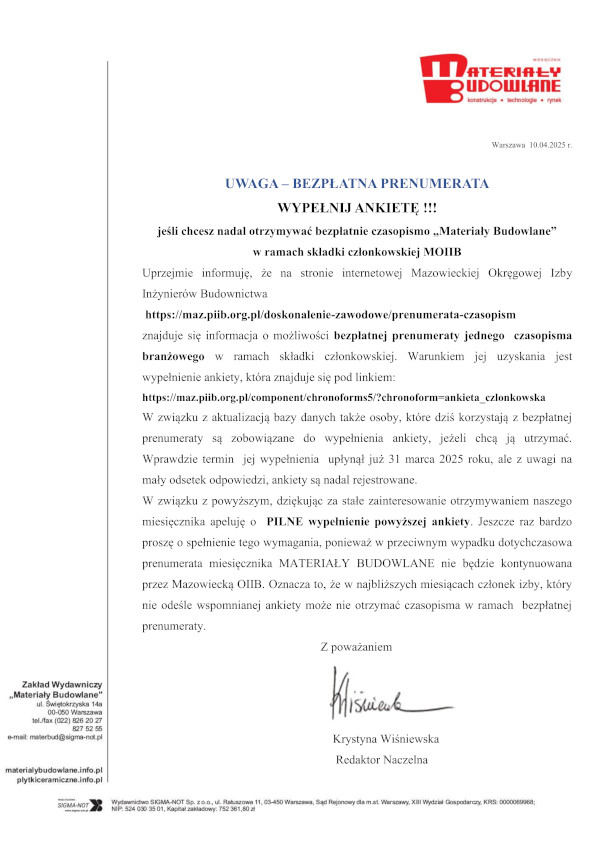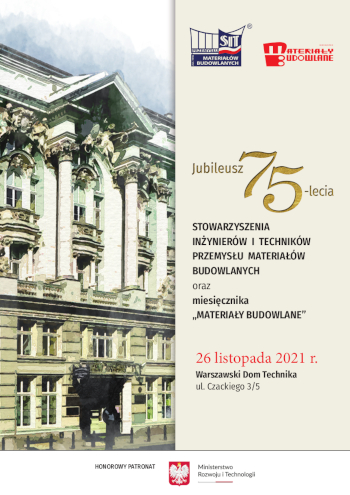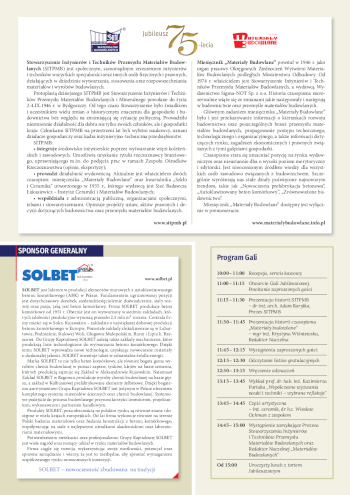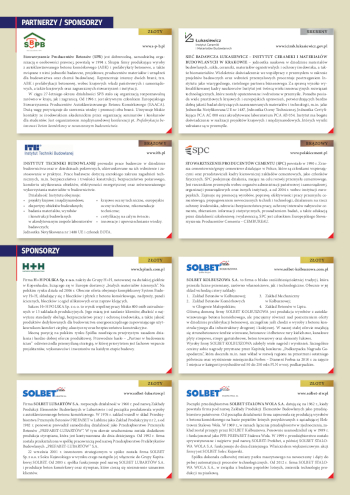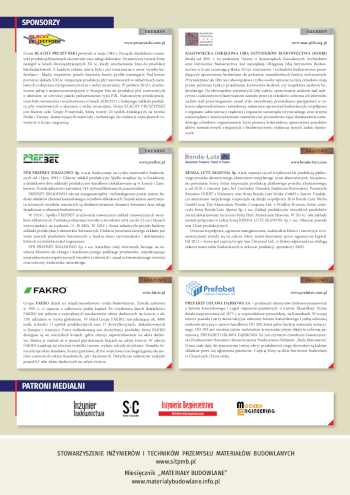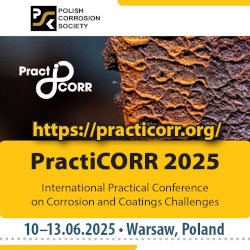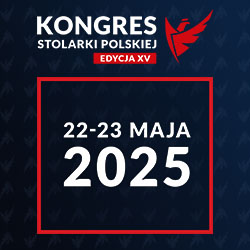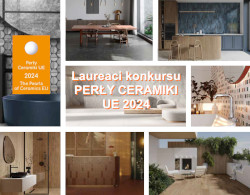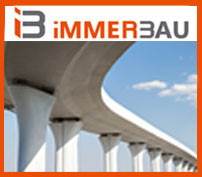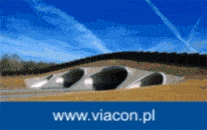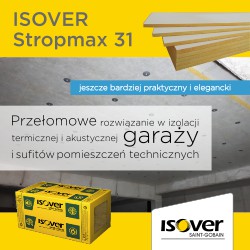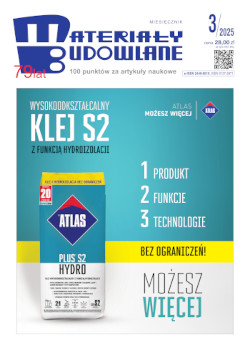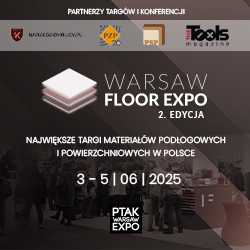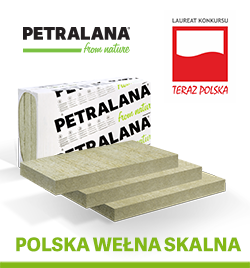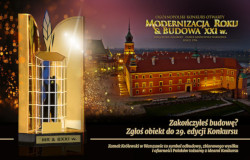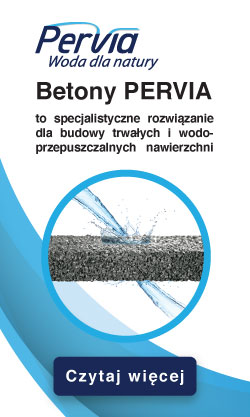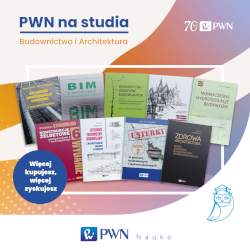Open Access (Artykuł w pliku PDF)
3D modeling of a historic sacred object with the use of Terrestrial Laser Scanning Technology and natural light analysis
dr inż. Paweł Tysiąc, Politechnika Gdańska, Wydział Inżynierii Lądowej i Środowiska
ORCID: 0000-0002-5017-4522
mgr inż. Anna Sieńska, Politechnika Gdańska, Wydział Inżynierii Lądowej i Środowiska
mgr inż. Marta Tarnowska, Politechnika Gdańska, Wydział Inżynierii Lądowej i Środowiska
mgr inż. Piotr Kędziorski, Politechnika Koszalińska, Wydział Inżynierii Lądowej, Środowiska i Geodezji
ORCID: 0000-0001-7753-2388
dr inż. Marcin Jagoda, Politechnika Koszalińska, Wydział Inżynierii Lądowej, Środowiska i Geodezji
ORCID: 0000-0001-8073-6242
Adres do korespondencji: Ten adres pocztowy jest chroniony przed spamowaniem. Aby go zobaczyć, konieczne jest włączenie w przeglądarce obsługi JavaScript.
DOI: 10.15199/33.2022.11.45
Oryginalny artykuł naukowy
Streszczenie. Technologia skanowania laserowego jest powszechnie stosowana w inwentaryzacji obiektów kultury. Ciągły wzrost technologiczny pozwala na wykorzystanie złożonych modeli cyfrowych 3D przez coraz większą liczbę odbiorców. Jedną z odmian zastosowania modeli jest tzw. HBIM (HistoricalBIM/ HeritageBIM). W artykule skupiliśmy się na pierwszym z etapów zarządzania takim projektem, jak inwentaryzacja. Celem pracy jest określenie przydatności stosowania modelowania 3D na potrzeby analizy obiektów kultury oraz analiza dokładności modelu. Na podstawie wykonanego modelu przeprowadzono analizę oświetlenia kościoła. Przedstawiona metoda może być interpretowana pod kątem technicznym oraz humanistycznym (w przypadku analizy sacrum).
Słowa kluczowe: modelowanie 3D, skaning laserowy, analizy światła.
Abstract. The laser scanning technology is a commonly used method in the inventory of cultural objects. Continuous technological growth allows the use of complex digital 3D models by an increasing number of recipients. One of the varieties of model applications is the so-called HBIM (HistoricalBIM/ HeritageBIM). In the article, we focused on the first stage of project management, which is inventory. The aim of the research is to determine the suitability of using 3D modeling for the purposes of analyzing cultural objects and analyzing the accuracy of the model. The lighting of the church was analyzed on the basis of the model. The presented method can be interpreted from a technical and humanistic point of view (in the case of the analysis of the sacred).
Keywords: 3D modeling; Laser Scanning; light analysis.
Literatura
[1] Stojaković V, Tepavcevic B. Optimal Methodes for 3D Modeling of devasted architectural objects. ISPRS Archives. 2009;XXXVIII-5/W1.
[2] Münster S, Koehler T. 3D Reconstruction of Cultural Heritage Artifacts A Literature Based Survey of Recent Projects and Workflows. In Virtual Palaces, Part II. Lost Palaces and their Afterlife. Virtual Reconstruction between Science and Media. Paladium, 2016, pp. 87–102, ISBN 978- 94-6018-538-0.
[3] Remondino F. Heritage Recording and 3D Modeling with Photogrammetry and 3D Scanning. Remote Sensing. 2011;3;6:1104-1138; https://doi.org/10.3390/rs3061104.
[4] Gajewski J, Fajtek D. Zastosowanie wybranych technologii BIM w inwentaryzacji oraz projektowaniu konstrukcji budowlanych. Materiały Budowlane. 2020;3:48-50.
[5] Kędzierski M, Walczykowski P, Fryśkowska A. Wybrane aspekty opracowania dokumentacji architektonicznej obiektów zabytkowych. Archiwum Fotogrametrii, Kartografii i Teledetekcji. 2008;18a:221-230.
[6] Pawłowicz J. Modelowanie budynków z danych skaningowych 3D na potrzeby Building Information Modeling. Materiały Budowlane. 2018;1:112-114; https://doi.org/10.15199/ 33.2018.10.34.
[7] Bartonek D, Buday M. Problems of Creation and Usage of 3D Model of Structures and Theirs Possible Solution. Symmetry. 2020;12(1); https:// doi.org/10.3390/sym12010181.
[8] Pawłowicz JA. Importance of Laser Scanning Resolution in the Process of Recreating the Architectural Details of Historical Buildings. IOP Conference Series: Materials Science and Engineering. 2017;245; https://doi.org/10.1088/1757- 899x/245/5/052038.
[9] Kwoczynska B, Piech I, Polewany P, Gora K. Modeling of Sacral Objects Made on the Basis of Aerial and Terrestrial Laser Scanning. Baltic Geodetic Congress (BGC Geomatics). 2018:275- 282; https://doi.org/10.1109/BGC-Geomatics. 2018.00059.
[10] Yang T, Liao L. Research on Building Information Model (BIM) Technology. World Construction. 2016;5:1; https://doi.org/10.18686/wcj. v5i1.1.
[11] Stylianidis E, Remondino F. Basics of photography for cultural heritage imaging; Basics of image-based modelling techniques in cultural heritage 3D recording. In Documentation and Management of Cultural Heritage. Whittles Publishing, Dunbeath, Scotland, 2016, ISBN 978- 184995-168-5.
[12] Bernardini F, Rushmeier H, Martin I, Mittleman J, Taubin G. Building a Digital Model of Michelangelo’s Florentine Piet. IEEE Computer Graphics and Applications. 2001;22:59-67; https://doi.org/10.1109/38.974519.
[13] Adami A, Scala B, Spezzoni A. Modelling and accuracy in a BIM environment for planned conservation: the apartment of Troia of Giulio Romano. ISPRS – International Archives of the Photogrammetry, Remote Sensing and Spatial Information Sciences. 2017; XLII-2/W3:17-23, https://doi.org/10.5194/isprs-archives-XLII- 2-W3-17-2017.
[14] Guidi G, Beraldin J, Atzeni C. High-Accuracy 3-D Modeling of Cultural Heritage: The Digitizing of Donatello’s “Maddalena”. IEEE transactions on image processing : a publication of the IEEE Signal Processing Society. 2004;13:370-80; https://doi.org/10.1109/TIP.2003.822592.
[15] Sampaio AZ, Pinto AM, Gomes AM, Sanchez- Lite A. Generation of an HBIM Library regarding a Palace of the 19th Century in Lisbon. Applied Sciences. 2021;11;5 https://doi. org/10.3390/app11157020.
[16] Remondino F, Guarnieri A, Vettore A. 3D modeling of Close-Range Objects: Photogrammetry or Laser Scanning. Proc SPIE. 2004;5665:216- 225; https://doi.org/10.1117/12.586294.
[17] Adami A, Fregonese L, Lattanzi D, Mazzeri A., Rossignoli O, Scala B. A Multidisciplinary Conservation Project for the Cavallerizza Courtyard, Palazzo Ducale di Mantova. Heritage. 2019;2;2:1441-1459; https://doi.org/10.3390/ heritage2020091.
[18] Trisno R, Lianto F. The Meaning of Natural Lighting on Altar Case Study: Cathedral Church and Church of the Light. International Journal of Civil Engineering and Technology. 2012;209- 213.A.
Przyjęto do druku: 26.09.2022 r.
Materiały Budowlane 11/2022, strona 157-161 (spis treści >>)


